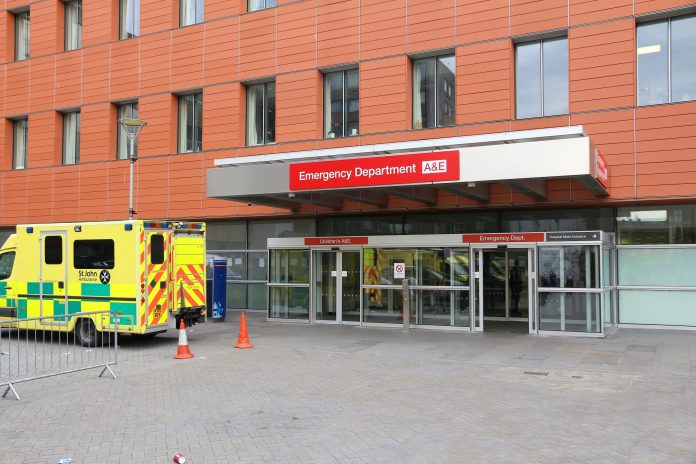Lord Victor Adebowale, chair and co-founder of Visionable, discusses why getting technology design right could be key to avoiding health inequity, especially during the COVID-19 crisis
Technology must be designed for the people who need the NHS the most, and it must enable equity and access – otherwise, it is irrelevant, writes Lord Adebowale, chair of Visionable.
The average life expectancy of a woman living in Barking and Dagenham is 53 years old. Around 20 miles away in Richmond upon Thames, that average increases to over 70 years.
For any caring person, this matters. It matters because the woman in Barking and Dagenham is going to die younger, and it matters because she is going to cost the NHS a lot more. But also, the woman in Barking and Dagenham is the reason the NHS was created in the first place.
Why equity is so important
The permission for the NHS to operate is as much given to us by the people in Barking and Dagenham as it is from the people in Richmond. But if people perceive they are getting a lesser service, reinforced by health inequalities, then their franchise starts to change, or at worst, disappear.
It’s an important example of why equity is a burning issue that must still be addressed in the way we design our services. And the continued absence of equity is a principle reason why we as a country spend £4.8 billion a year on A&E admissions from poor people when we don’t provide sufficient services in the community for those people.
Avoiding technology vanity projects
Linked to equity is the need for appropriate access. Services should be designed around an understanding of the needs of individuals and communities before we think about procuring them. This is core to the definition of commissioning in healthcare, and if we get that wrong, then we end up procuring the wrong services for the wrong people. Services need to be designed in a way that people can access them.
And that’s where the focus of digital should come in. If any digital technology in healthcare doesn’t enable both equity and access, then its existence is nothing more than a vanity project, and it has no point or relevance.
Digital technology needs to improve access to the stroke consultant who has spare capacity at one end of the country, to the patients in urgent need where demand is high in other parts of the country.
And it needs to improve equity for the woman with four children who, in more ordinary circumstances than we have been facing in recent weeks, has to go to the clinic each month. Technology designed around her needs could enable her to virtually meet all her clinicians and share all her relevant medical information without ever having to leave her home.
There is now an opportunity to use technology to design services around the individual such that the NHS comes to the individual. People at the sharp end of the inverse care law – ie those who need health and social care the most but get access to it the least, are the people that can benefit from this approach the most. We can use it to improve the life chances and quality of life of those in Dagenham, as much as those in Richmond.
How we get beyond apprehension
Visionable recently commissioned research just before the COVID-19 crisis that showed a great appetite for remote consultations from different segments of society. And you could probably imagine that appetite has grown even further since. But the research also showed some concerns, and that the people most likely to express a level of apprehension about losing personal contact, or losing access to services if they became too technical, were more likely to be from less affluent groups.
There is a good reason as to why their concern exists, in my view. Many of the high-profile digital healthcare services out there have not necessarily been designed for them. They haven’t been designed for or with the most disadvantaged parts of society, or for those people with the most challenging health problems. And that’s what we need to address through technology if we are to avoid a two-tier healthcare system, especially at this time of crisis, amid a global pandemic when people’s ordinary access to services is not available.
Avoiding a two-tier outcome amid coronavirus
COVID could now be the driving force for access and equity change. Coronavirus has already forced people to work in very different ways, and the NHS is going to be forced to channel shift very quickly in order for people to access services equitably. Indeed, in some instances it has arguably accelerated NHS IT adoption by about five years in the space of five weeks.
But for this to work then we must design technology with the NHS and with the needs of the citizens who use services built-in. Technology companies can no longer subscribe to the notion of move quickly and break things. The NHS has been broken enough.
But if technology companies can help by designing services that really do respond to equity and access, then the role for digital could be more significant than ever.











